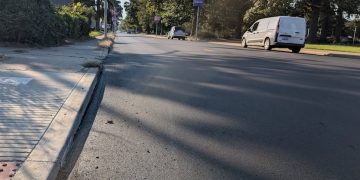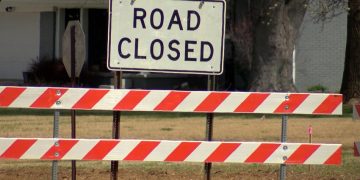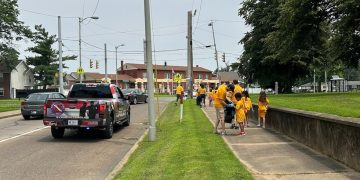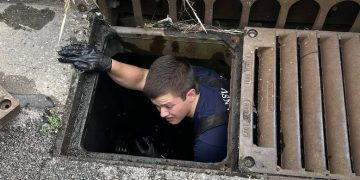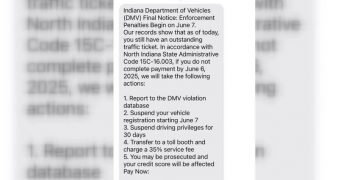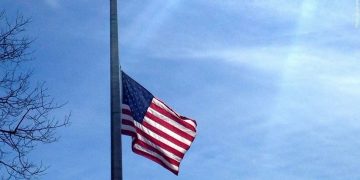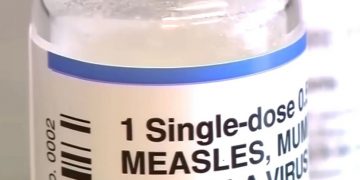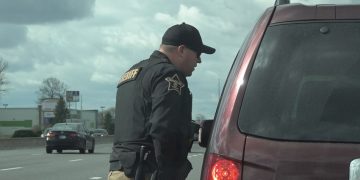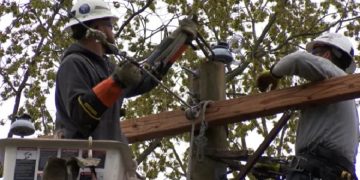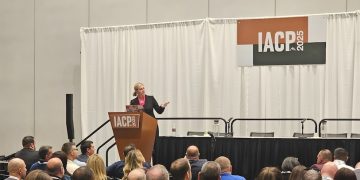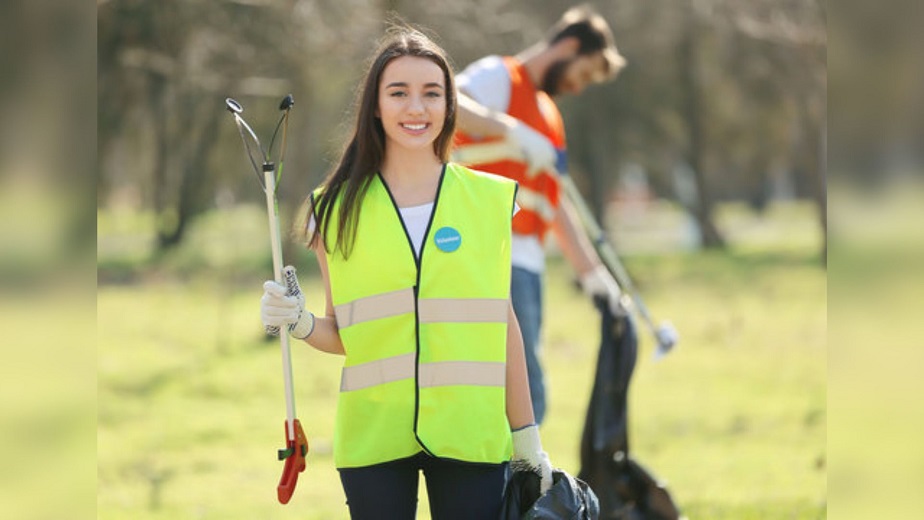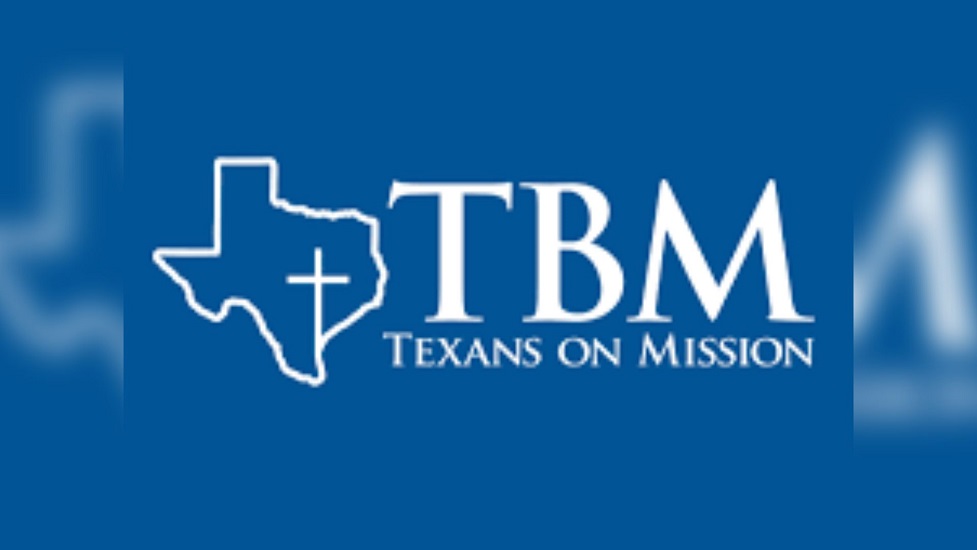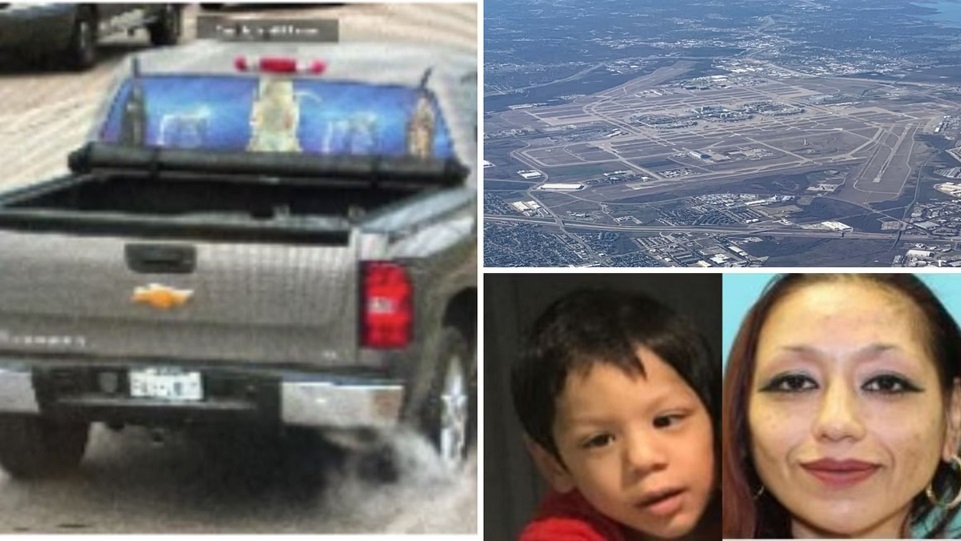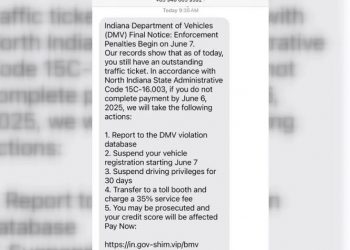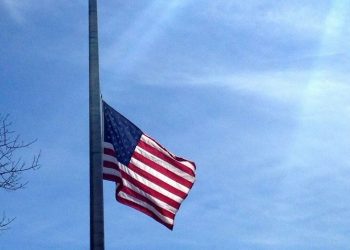INDIANAPOLIS, Ind. — The Indiana State Department of Health announced its first confirmed case of COVID-19, the novel coronavirus, in a Friday news conference. Gov. Eric Holcomb declared a public health emergency in response, which will allow Indiana to access federal funds for its efforts to contain the infection.
According to Indiana State Health Commissioner Dr. Kristina Box, the patient had been self-monitoring and self-quarantining for COVID-19 symptoms after a recent trip to Boston.
When the patient began to develop a sore throat, low-grade temperature and cough, he called ahead to the local health department and received testing at Community North Hospital overnight Thursday. The tests came back positive.
“This individual is actually pretty healthy, so we’re blessed for that,” Box said during Friday’s news conference.
According to Dr. Ramaroa Yeleti, who works at Community North, the patient had little contact with others and the hospital took special precautions to prevent his infection from endangering others. Doctors met him when he arrived in the parking lot of the hospital, where they gave him a mask and infectious disease protection garment, before leading him in through a side door and taking him to an isolation room for testing.
When the testing was completed, he was sent back to self-quarantine at home. He spent a little over three hours at the hospital during his testing.
Thirty-five other people in Indiana were being monitored Friday for signs of COVID-19 infection, but only the Indianapolis case had been confirmed by Friday, Box said. Epidemiologists will spend several days tracing the patient’s steps and attempting to determine if his presence placed anyone in his daily life at risk.
What is coronavirus, COVID-19?
According to the World Health Organization, coronaviruses are “a large family of viruses that cause illness ranging from the common cold to more severe diseases such as Middle East Respiratory Syndrome (MERS-CoV) and Severe Acute Respiratory Syndrome (SARS-CoV).
A novel coronavirus, such as COVID-19, is a new strain that has not been previously identified in humans.
COVID-19 was first identified in December 2019 in Wuhan City, Hubei Province, China and has now been detected in 37 locations across the globe, including in the U.S., according to the CDC.
The CDC reports the initial patients in China have some link to a large seafood and live animal market, indicative of animal-to-person spread. A growing number of patients, however, did not report exposure to animal markets, indicating the disease is spreading person-to-person.
Confirmed cases of COVID-19 have ranged from mild symptoms to severe illness and death, according to the CDC. Symptoms can include fever, cough, shortness of breath.
The CDC said symptoms may appear in as few as two days or as long as 14 days after exposure. It is similar to the incubation period for MERS.
Spread of the virus is thought to be mainly from person-to-person. Spread is between people who are in close contact with one another (within about six feet). Spread occurs via respiratory droplets produced when an infected person coughs or sneezes. The droplets can land in the mouths of noses of people who are nearby or possibly be inhaled into the lungs.
According to the CDC, it may be possible for a person to get COVID-19 by touching a surface or object that has the virus on it and then touching their own mouth, nose or possibly their eyes. This is not thought to be the main way the virus spreads, the CDC said.
The disease is most contagious when people are the sickest and showing the most symptoms.















